Back to the Future
Like many movies that involve time travel, Back to the Future may seem a bit hard to follow at a first glance. However, the movie is written extremely well, making sure that at no point is the audience left scratching their heads in confusion. The screenplay is very tight, making sure that few plot-holes and inconsistencies slip through. The script also manages to sneak in little references and slight changes based on the date Marty has traveled to, which may not be noticed by viewers upon a first watch. These details make the movie feel more believable and give the film more depth. It makes you feel like you are there with Marty, traveling through time and trying to return home.
The movie also makes the situations Marty are thrown in more palatable by making its characters relatable and fun to follow/root for. Marty is an extremely relatable character, feeling like the quintessential teenager without adhering to any specific stereotype. He’s not a nerd and not a jock; he’s not a stoner and he’s not a straight-laced goody-two-shoes type. He manages to simply be a teenager, a person who can easily be related to given his charisma and situation. Doc is a crazy and fun scientist type character, more of a stereotype than Marty but still a fun character. The rest of the characters are also quite stereotypical, with Marty’s mom being the secretly rebellious and infatuated teen, his dad being a science fiction loving nerd and Biff being the generic bully, but they work well off Marty’s less stereotypical nature. His dynamic with each of the other characters is what makes the movie so great, with his relatability leading the charge for what is one of the best movies of its decade.
Grade: A+
Ex Machina
The movie, like many other great films about artificial intelligence, manages to be terrifying, using the claustrophobia of Caleb’s setting to make him, and the audience, more unnerved. While Caleb is at first excited by the prospects of getting to test the world’s most perfect AI, he slowly begins to go stir crazy in a house that is completely isolated from the rest of the world. His claustrophobia translates to the audience through the movie's excellent lighting and camera work, where every frame of the movie helps make you feel as trapped as Caleb feels. His feeling of isolation, along with his slow realization about his boss’s insanity, also leads him into his sympathy for Ava, who has been trapped in the house for the entirety of her existence.
The terror builds even more rapidly through the amazing performances in the film, especially that of Oscar Isaac. As Caleb begins to find out just how crazy Nathan is, Isaac’s performance quickly becomes more sinister and chilling. This adds to the claustrophobic nature of the film, making the audience feel more sympathetic for the situation that both Caleb and Ava are in. However, like in most AI films, things are not always as they seem with Ava. I won’t give anything away here, but Vikander’s performance perfectly keeps the audience guessing as to what her actual intentions are. This makes us feel even more afraid for Caleb, as we are unsure of whether or not his only ally in this situation is actually on his side. All of these factors contribute to the audience remaining on edge the entire film, creating a tone that is hard to find in many other movies.
Grade: A
Last week covered boxing films in preparation for Hands of Stone.
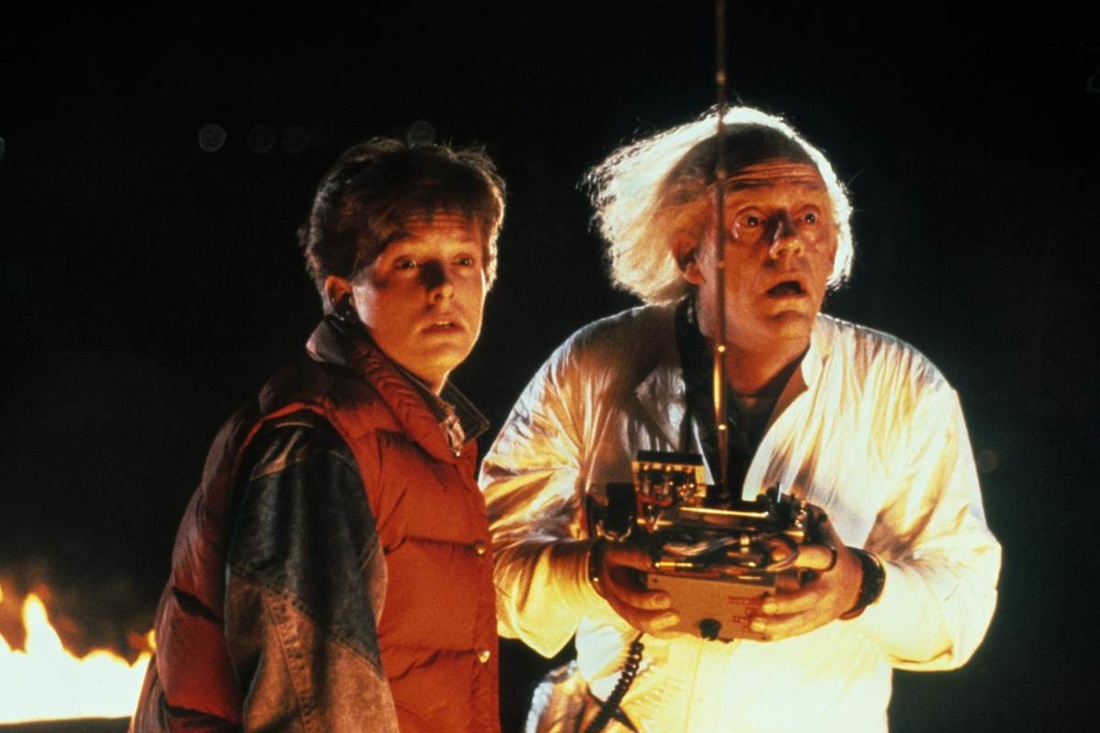
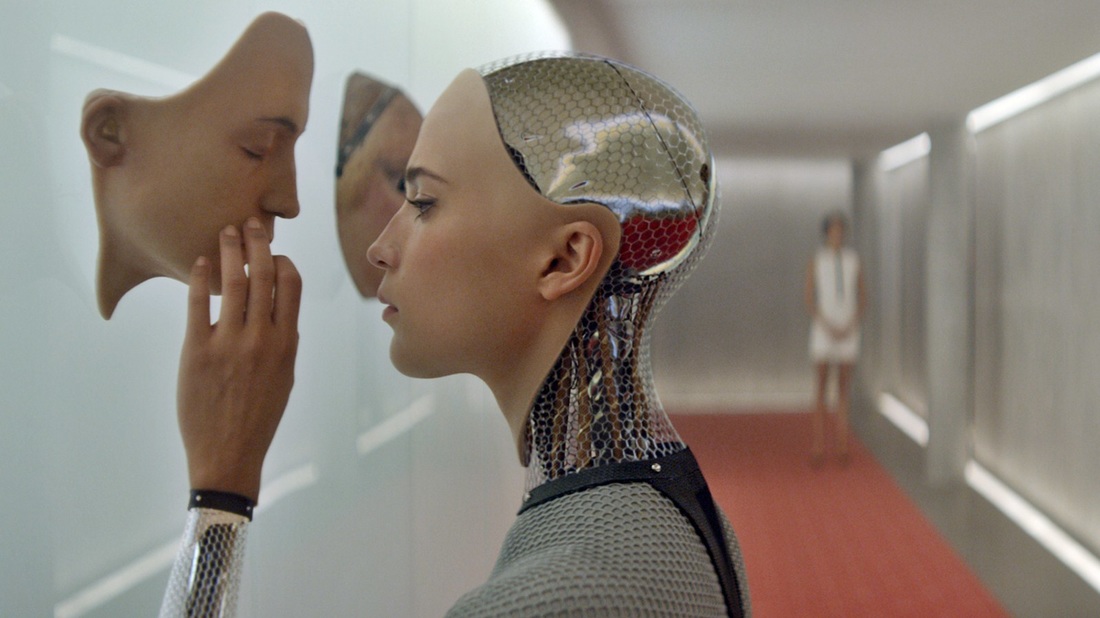
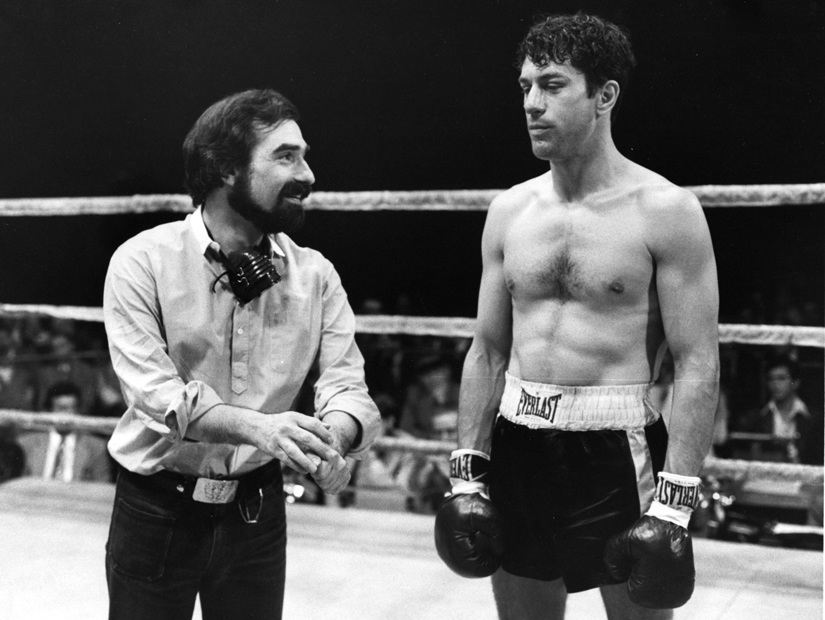
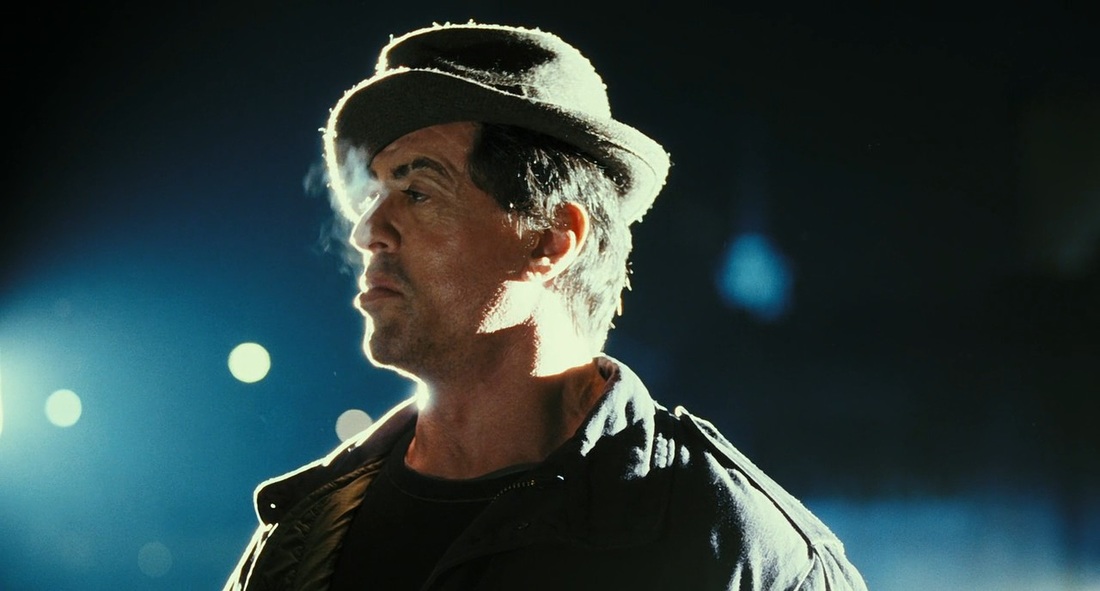

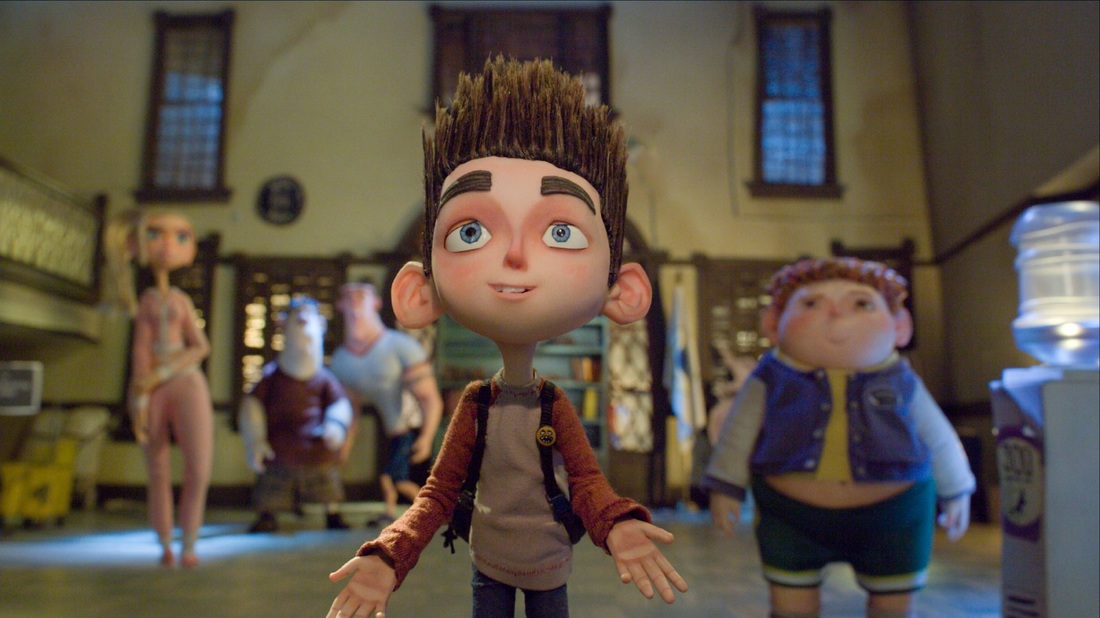
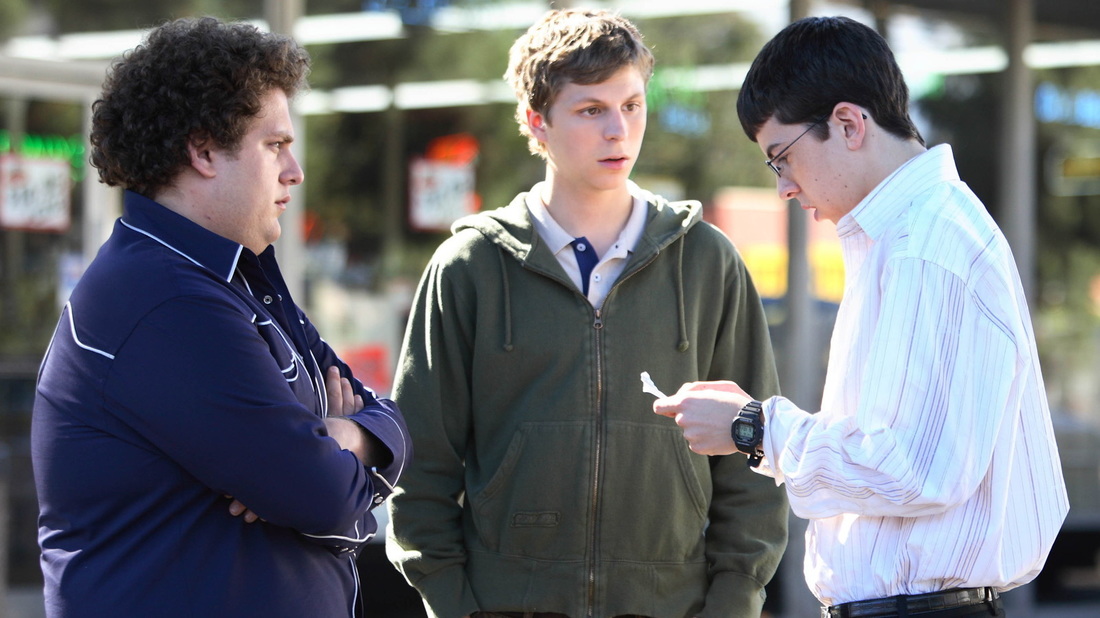
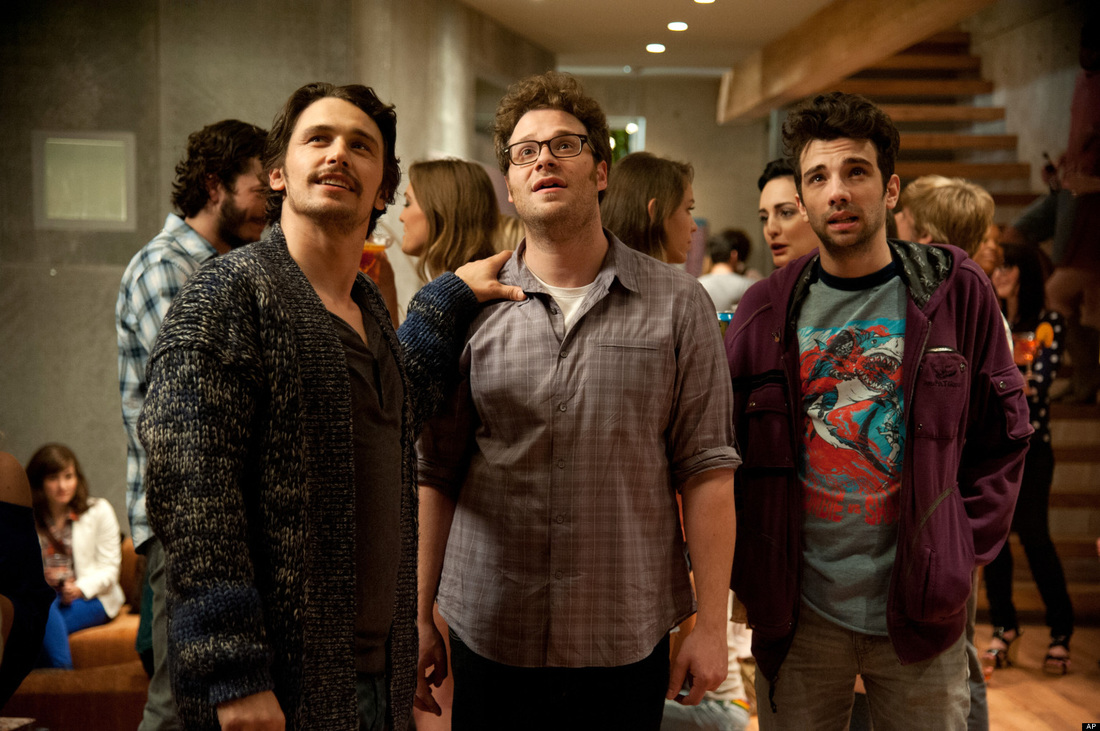
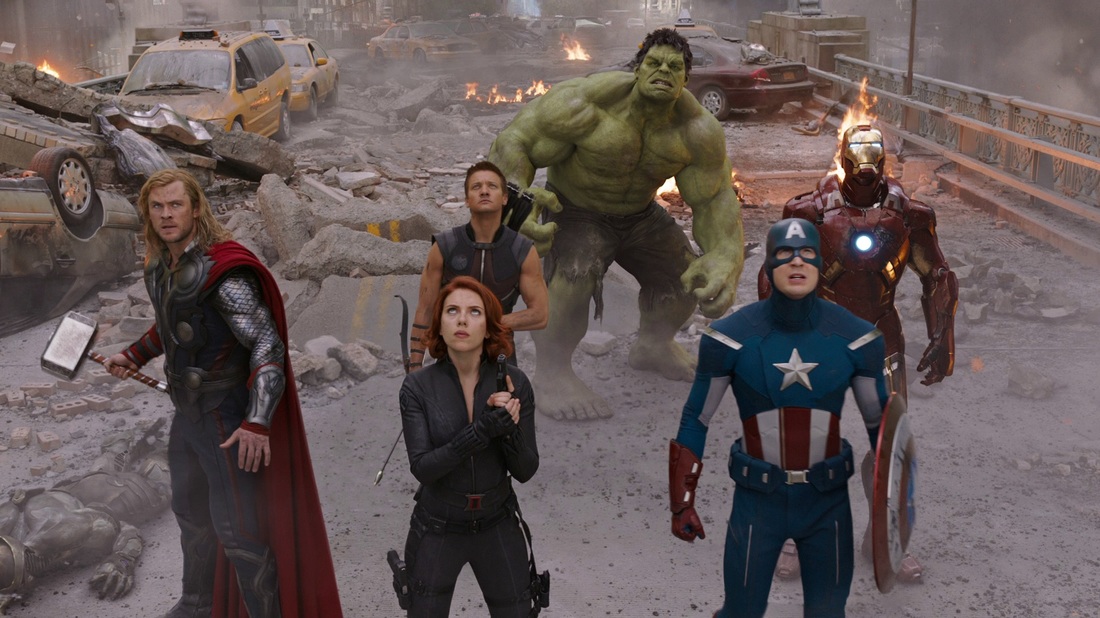
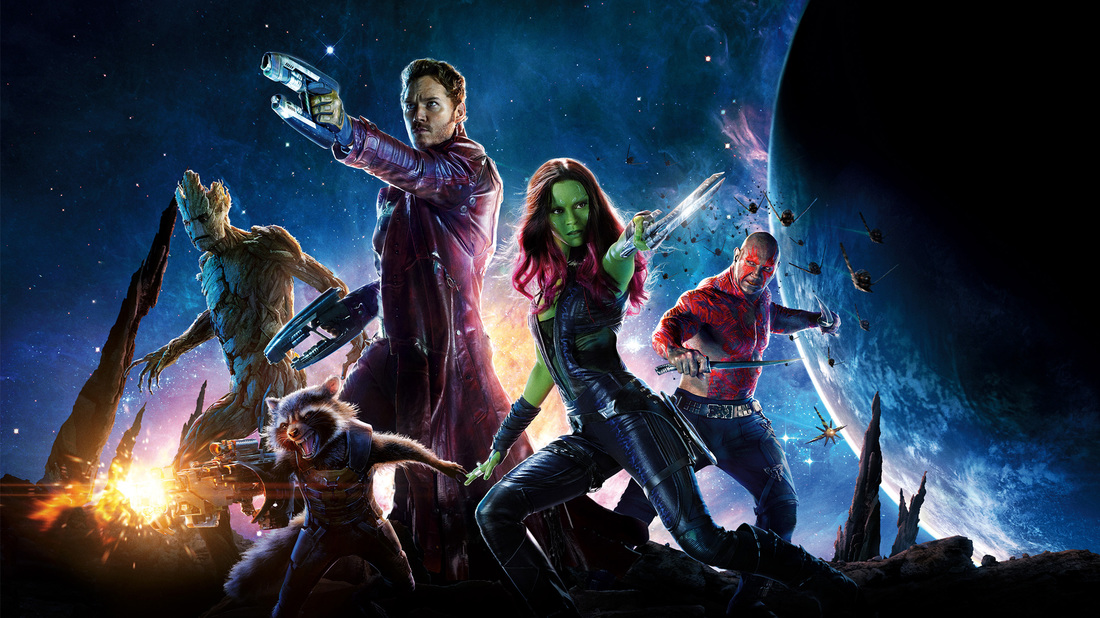
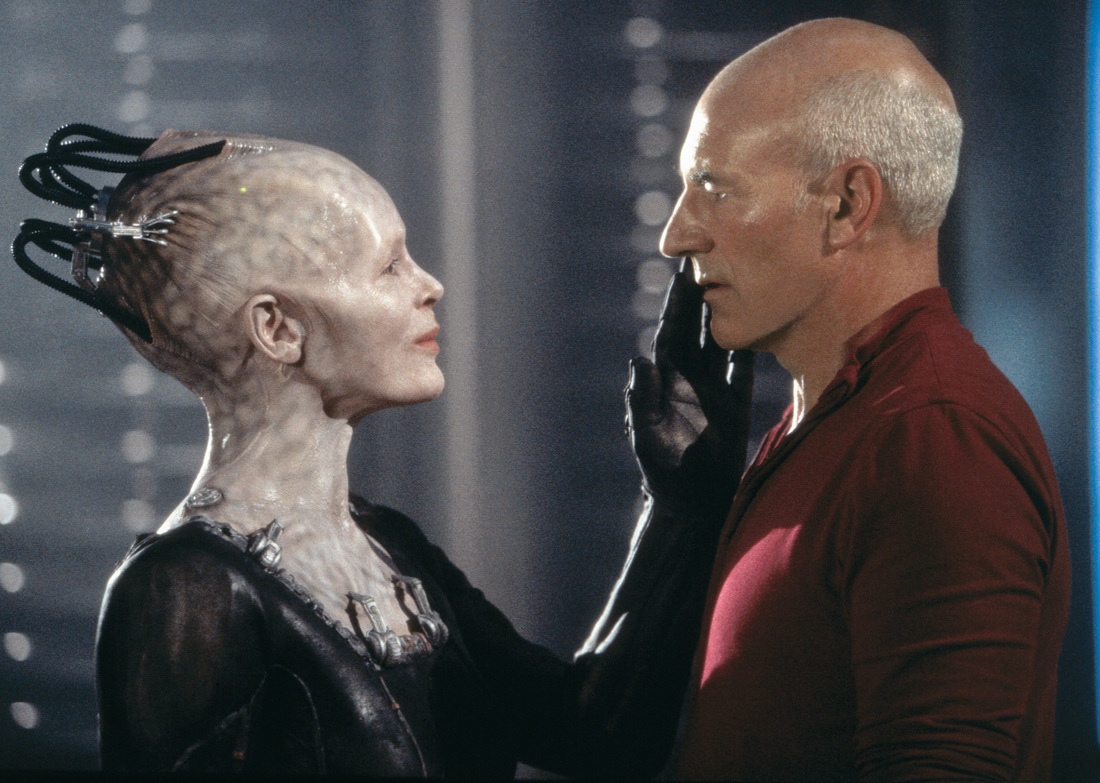
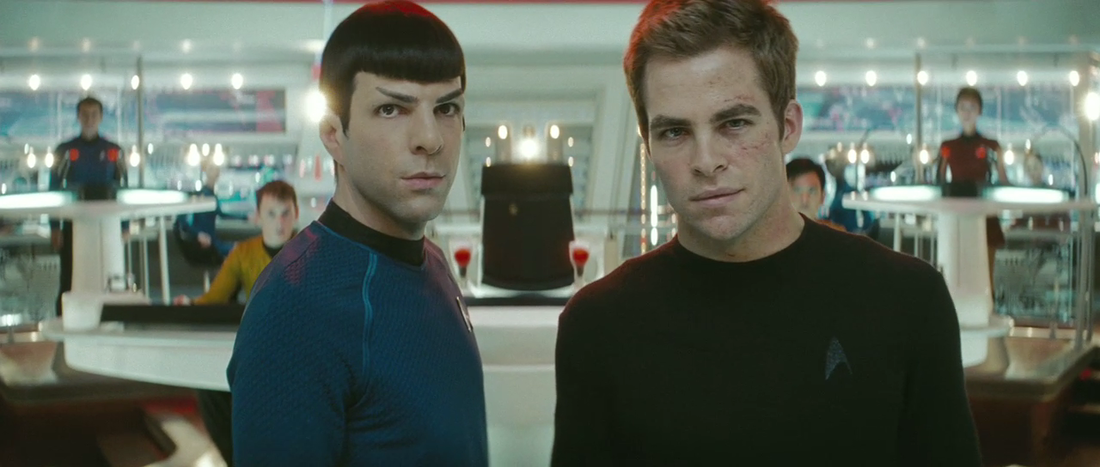
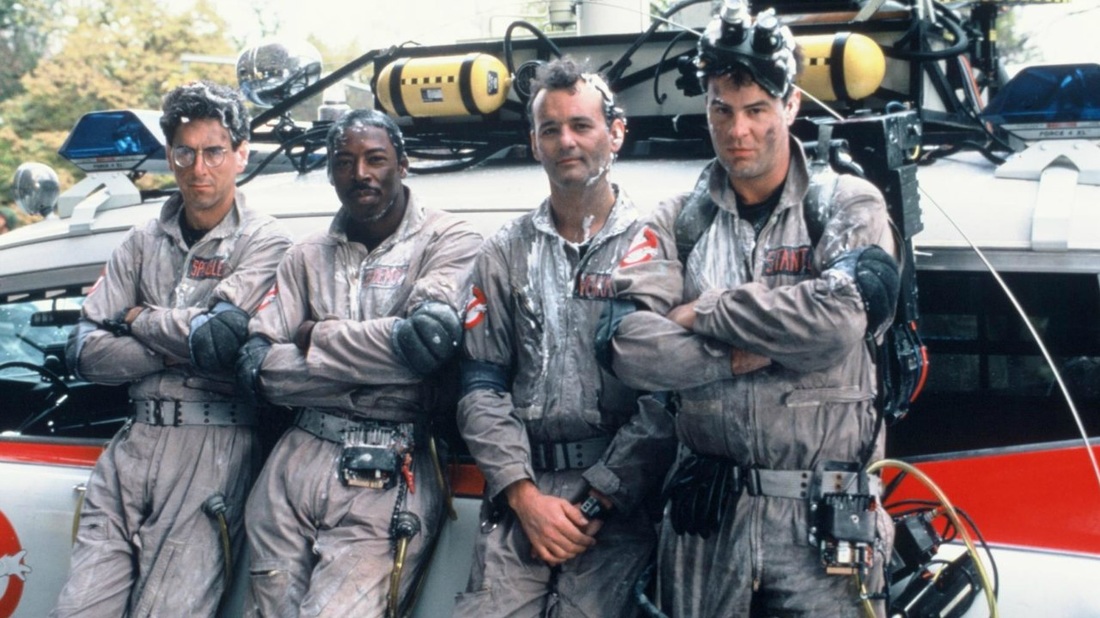
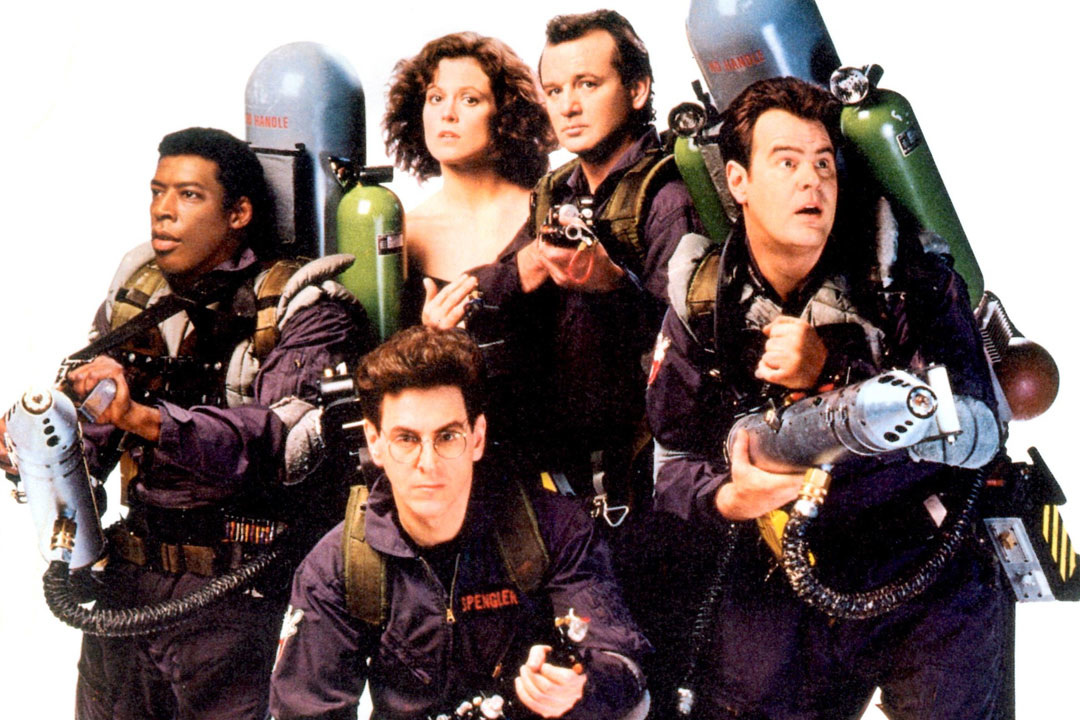

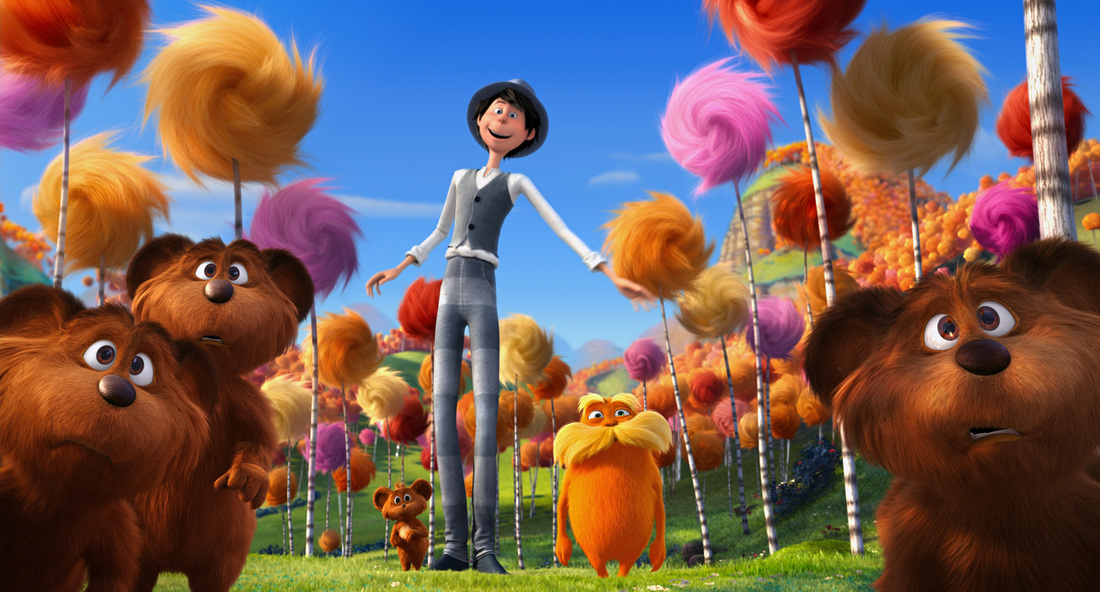
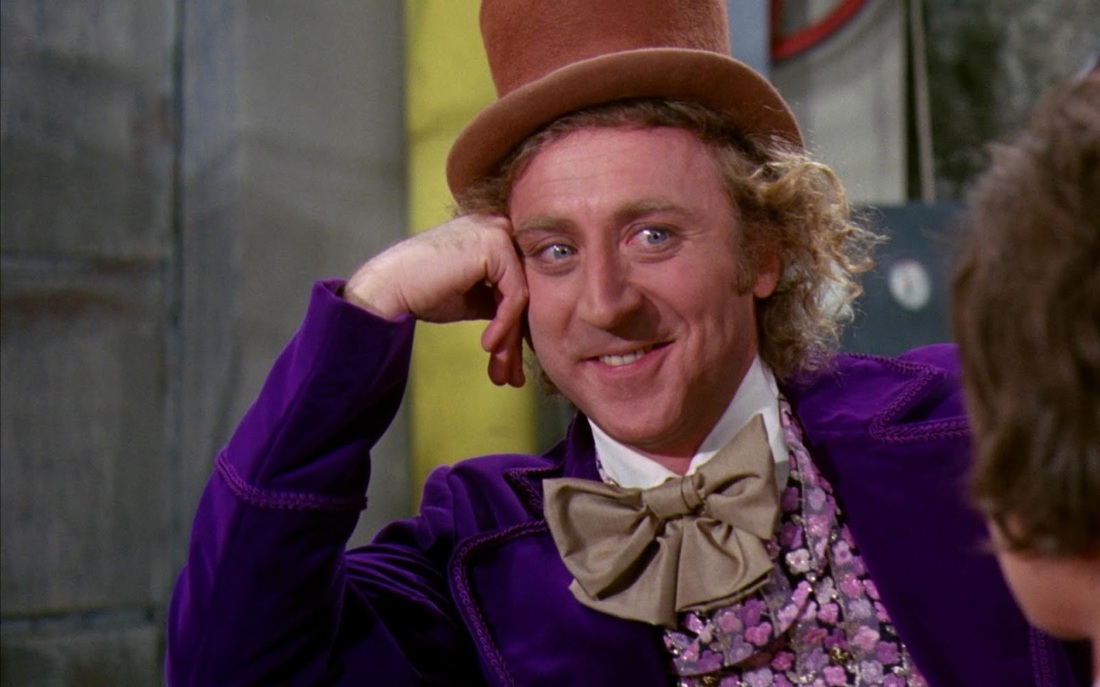
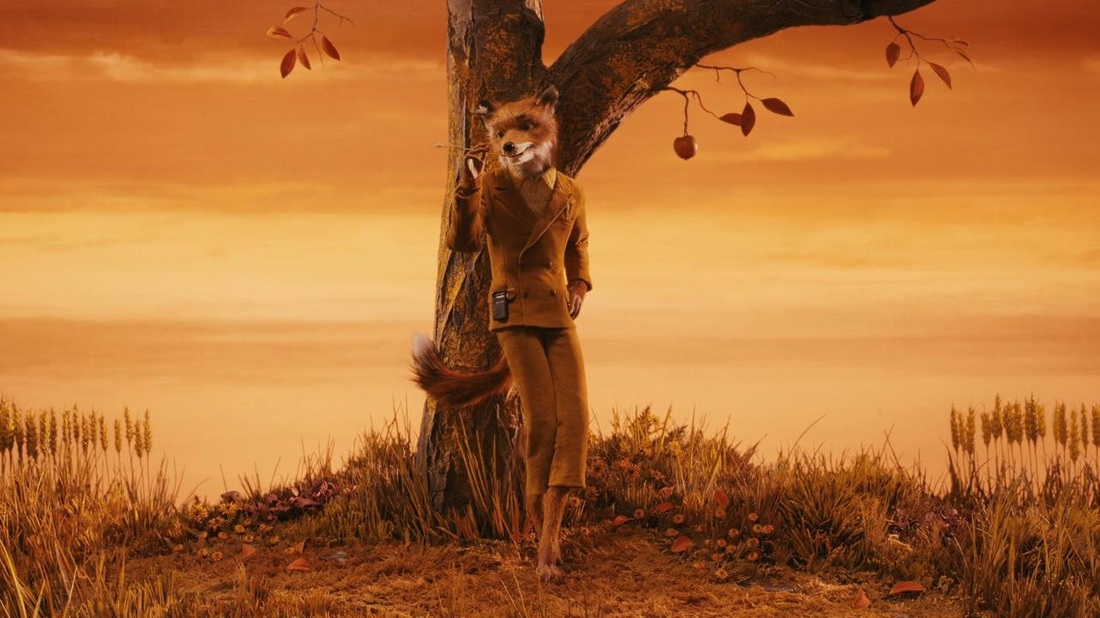
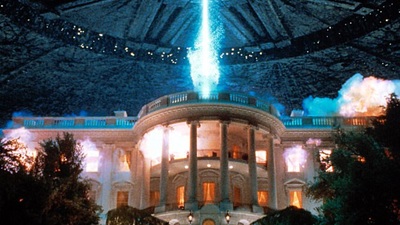
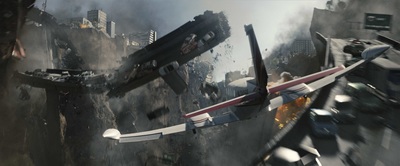
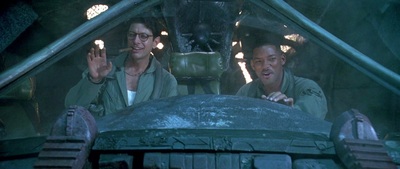
 RSS Feed
RSS Feed
